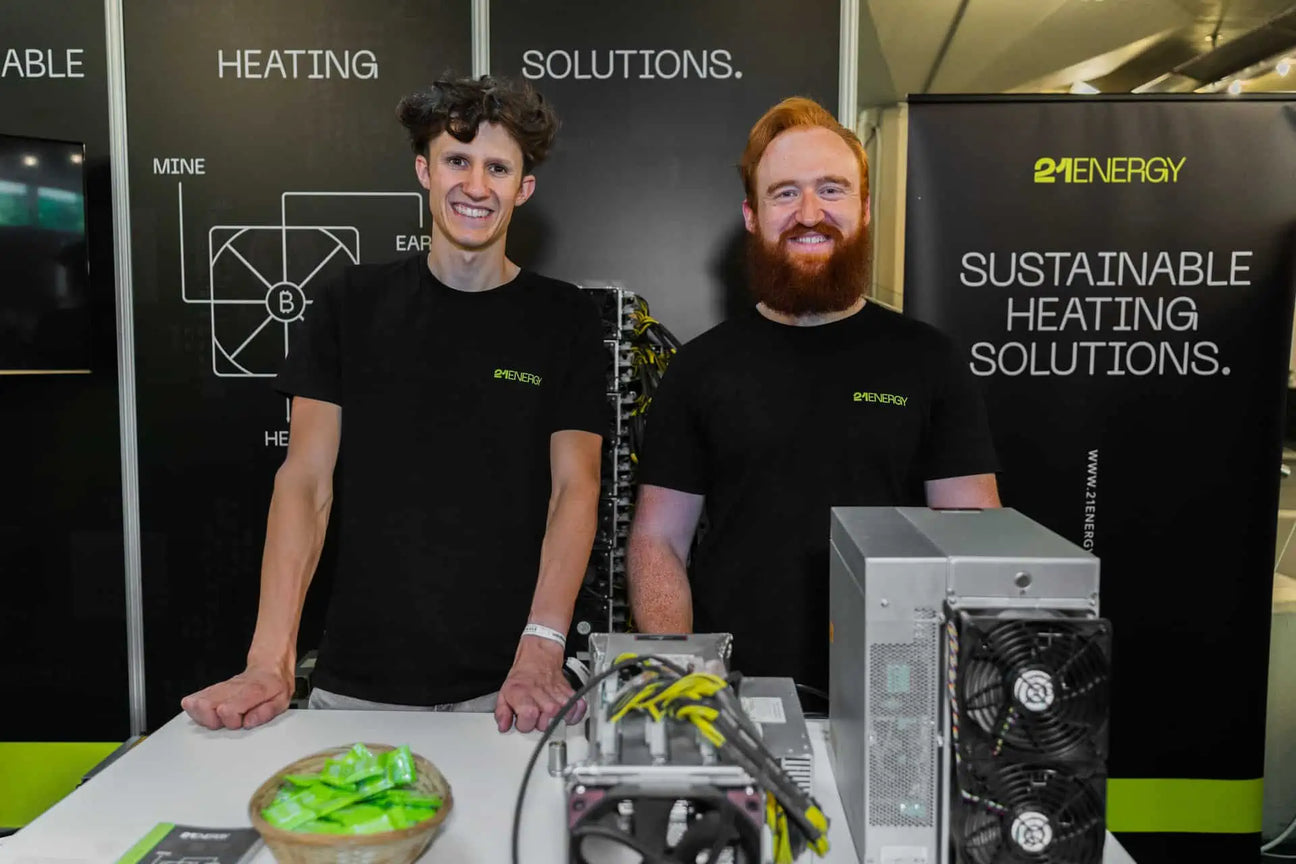Heating maintenance: how to keep it safe and efficient

Header-Image: AI-created (ChatGPT)
During the cold season, heating is the quintessence of every household. Regular maintenance is necessary to ensure that it works perfectly. If the heating system is neglected, problems can quickly arise: For example, there is a risk of breakdowns and safety risks. Increased energy consumption can also be the result. This can also lead to increased costs. This is easy to prevent with the right regular maintenance. This ensures that the heating system works safely and efficiently. This article provides insights into the benefits, procedure, timing and costs of heating maintenance.
Advantages of regular heating maintenance
If the heating system is regularly and properly maintained, there are various benefits:
- The heater is protected against premature wear. This maximizes the service life of the heating system.
- Higher energy efficiency can be maintained. However, if maintenance is insufficient, unfavorable settings or deposits in the burner can significantly increase energy consumption, depending on the type of heating system.
- Depending on the type of heating system, risks such as the dangerous escape of carbon monoxide are reduced to a minimum. Regular maintenance is therefore essential for safety.
- Maintenance enables defects that would otherwise be overlooked to be detected in good time and rectified cost-effectively. This also prevents major faults, which not only cause higher costs but can also result in unpleasant downtime.
Beregn dine årlige besparelser på oppvarming
Procedure and implementation of heating maintenance
When specialists are needed
The first step in heating maintenance is to clean and bleed the radiators. These steps can easily be carried out independently at home. However, more time-consuming and complex tasks should be carried out by specialists. With the right know-how, the necessary experience and the right equipment, maintenance can be carried out reliably and thoroughly.
This is what heating maintenance involves
The actual and target condition of the heating system are identified and compared. If certain components need to be replaced, this will be carried out. Professional maintenance, including inspection and actual maintenance, involves a number of steps, such as the following:
- First, the parts of the heating components are cleaned. For example, soot and deposits in the combustion chamber are removed.
- The valves and seals are also checked to prevent water and gas leaks as far as possible.
- The system settings are also checked. This allows fuel consumption to be optimized in terms of efficiency.
- Last but not least, checking safety devices such as the pressure safety valve is also part of professional heating maintenance.
Timing and frequency of maintenance
Heating maintenance is mandatory in many places for good reason. However, there is often no legally prescribed time. There is much to be said for servicing at suitable intervals, such as at least once a year, ideally before the start of the heating season. This ensures that the components are working properly in good time. Old systems in particular require reliable, regular maintenance to ensure efficiency and safety.
Costs to be expected
Appropriate professional heating maintenance comes at a price. The exact costs can vary depending on the system. On average, the following amounts can be expected:
| Heating type | Cost expenditure |
|---|---|
| Gas heating | 100 to 150 € |
| Oil heating | 120 to 200 € |
| Heat pump | 150 to 300 € |
It should be borne in mind that these costs can pay for themselves in the long term through optimized energy consumption and lower repair costs.
Preparing for maintenance
While professional heating maintenance requires specialist personnel, there are a few steps that you can carry out yourself in advance - not least to make the professional work easier and thus save time. It is advisable to bleed all radiators, clean the outside of the boiler and ensure that all thermostats are easily accessible for the specialist.
Reduced maintenance and optimized energy costs
Alternative heating systems such as the Bitcoin heating system from 21energy combine the heating of rooms with the generation of the cryptocurrency Bitcoin. This enables efficient heating. Last but not least, it can also reduce conventional maintenance costs: unlike conventional heating systems, no fossil fuels such as gas or oil are consumed. Find out more about how Bitcoin heating works here and how much you can save with this innovative system here.

Image: 21energy
Conclusion: why heating systems should be serviced regularly
Regular maintenance of heating systems has a significant impact on the service life and efficiency of the heating system and is important to guarantee safety. With alternative heating systems such as the Bitcoin heating system from 21energy, the conventional maintenance effort can even be reduced. This allows you to save as much money as possible on a warm home.
Ofen 2 kort fortalt


Ofen 2
(Ø 1 år)
Pr. 06.2025
(Ø 4 år)
Pr. 06.2025
Send forward
Your share can inspire countless others.

















































